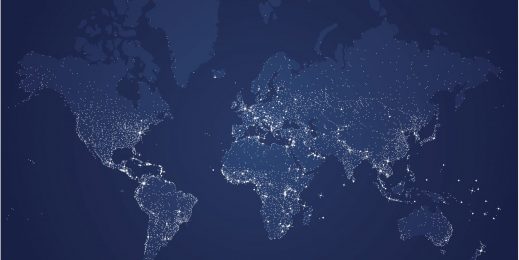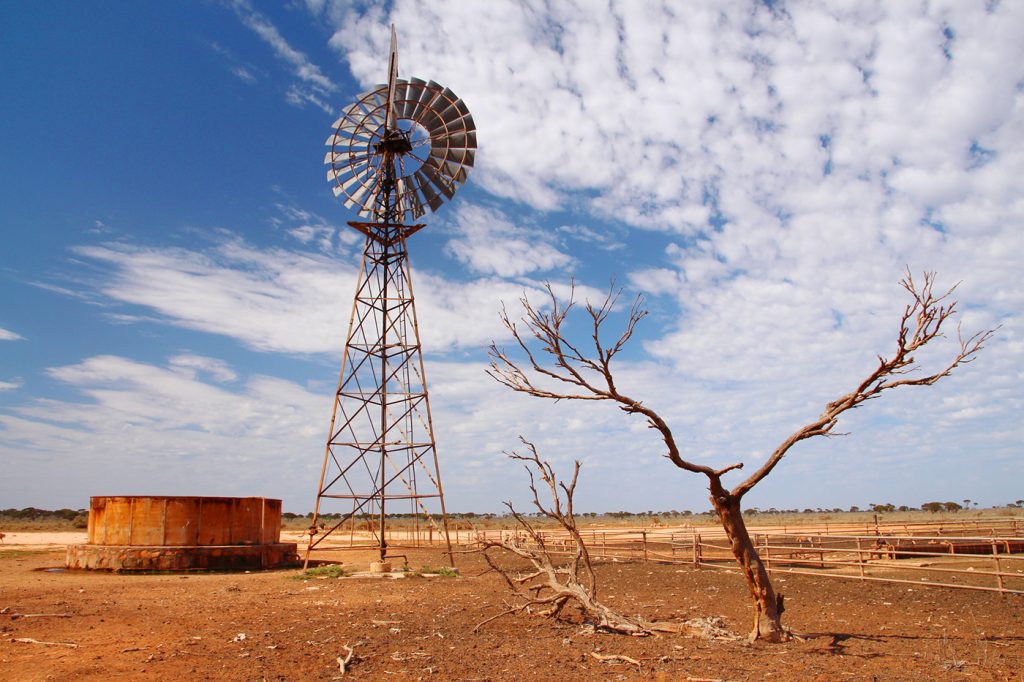
Can Africa feed the future?
How to feed nine billion mouths by 2050
Climate change is having a significant impact on food production in tropical and arid areas, many of which are found in developing countries. Severe droughts already plague certain areas, and in other parts of the world, heavy rainfall is causing devastating floods.
Political tensions are simmering, international inequity is rising, and most importantly, food insecurity is growing.
Feast or famine?
In addition to all this, the world’s population is growing at such a rapid rate that the Food and Agricultural Organisation (FAO) predicts there will be 9.1 billion people on Earth by 2050. That’s 30 percent more people than there are today.
To meet the needs of a growing urban population, and to counteract the effects of climate change, food production must grow by a staggering 70 percent to keep hunger on a global level at bay.
Without radically changing the way we produce food, the global food system could fail.
The African farming renaissance
Amid this backdrop, the world is shifting its attention to Africa’s agriculture sector, in a bid to tap its expanses of uncultivated, arable land and strong culture of smallholder farming.
Experts like Kanayo Nwanze, president of the International Fund for Agricultural Development, a specialised agency of the UN, believe that Africa has the potential to not only to feed the continent, but the entire world. This is quite a sweeping claim to make at a time when famine plagues so much of the continent, but Africa is standing at the precipice of an agricultural revolution that could feed the anticipated nine billion mouths by 2050.
The key to making this lofty goal a reality? Better financing structures, easier access to markets, better education and more training – all underpinned by technology.
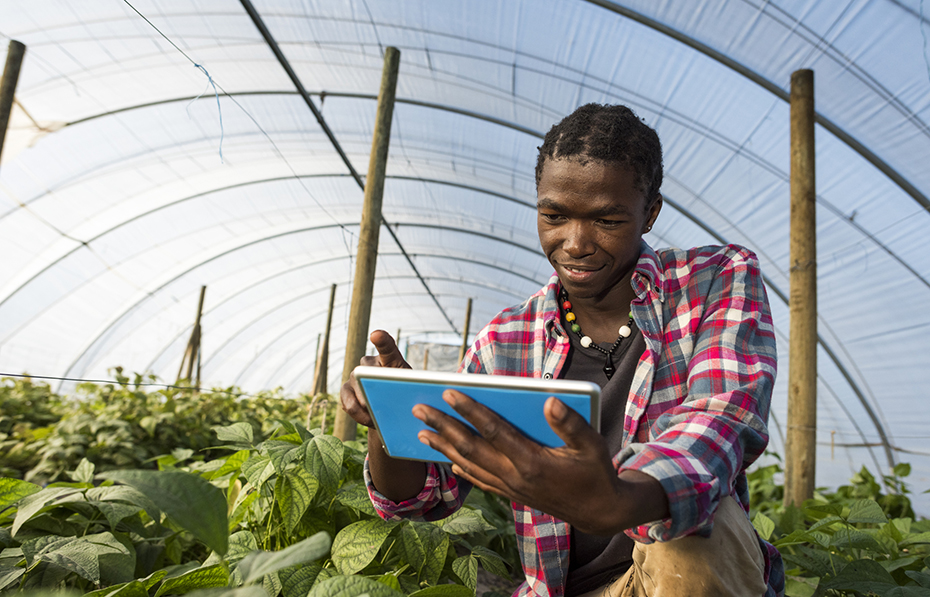
Why Africa?
Africa has about 600 million hectares of uncultivated arable land, making up roughly 60 percent of the global total. While output has traditionally been quite low, recently the sector has managed to achieve some big wins.
According to Dr. Amos Namanga Ngongi, chairman of the Africa Fertiliser and Agribusiness Partnership, African governments and private companies have significantly increased investment in agriculture, paving the way for a renaissance of Africa’s farming sector.
These advances have helped inspire a new vision for Africa, one in which farming has the potential to make the continent, and in time the world, sustainable and hunger free.
However, this is just one small part of the revolution, and a lot more must be done to deepen the renaissance taking root in Africa.
By adopting technological solutions driven by people’s unique needs, Africa could leapfrog over entrenched, legacy systems and pursue strategies that are both inclusive and sustainable.
Money does grow trees
Inadequate financing of agriculture has long been an impediment for smallholder farmers, who lack basic financial services.
According to the Global Financial Index, only 29 percent of adults in rural areas in 42 African countries have a bank account or mobile money account, compared to 34 percent at national level. Rural households are excluded from sources of credit with only six percent borrowing from a formal institution. Most rely on friends and family or informal lenders.
The unmatched demand for methods to fund agricultural projects is driving the sector to adopt more innovative approaches to financing.
AGIN is one such innovation, developed by Felix Musau, a small-scale farmer in Kenya. The application is supported by the Microsoft 4Afrika initiative and hosted on a platform called Microsoft Azure. It allows farmers to collect and share key information using a mobile device.
Farmers can input information such as their farm size, soil composition, production capability, weather information and other relevant historical data. From here, banks, mobile network operators, buyers and other value actors review this information and promote their services to the farmer based on their potential and influence. A local bank, for example, can use the information to establish a risk profile and extend a loan to an unbanked farmer who would otherwise not even be considered for one.
Cloud-based services like AGIN are increasingly at the centre of the agricultural revolution in Africa. The solution is currently serving over 200 000 farmers in Kenya and is set to deploy to other countries in the region.
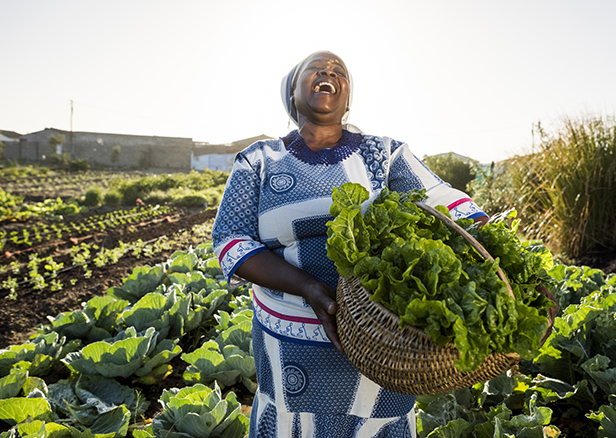
Smarter farms, younger farmers
Beyond the use of mobile phones in agriculture, emerging technologies such as precision agriculture (smart farming), sensors, drones, satellites and the Internet of Things (IoT) are also on the increase in Africa.
From farms in Sudan using satellite images in the Gezira irrigation scheme to convey information about crop growth humidity and nutrient needs, to drones in Nigeria being used to map potential for expanding rice cultivation – digital technology is likely to continue to be a major driver of development in African agriculture.
By embracing technology, we can also entice more youth to pursue a career in agriculture. The average age of farmers in sub-Saharan Africa is 60 years old. With an aging population of farmers, it’s clear that agriculture has an image problem.
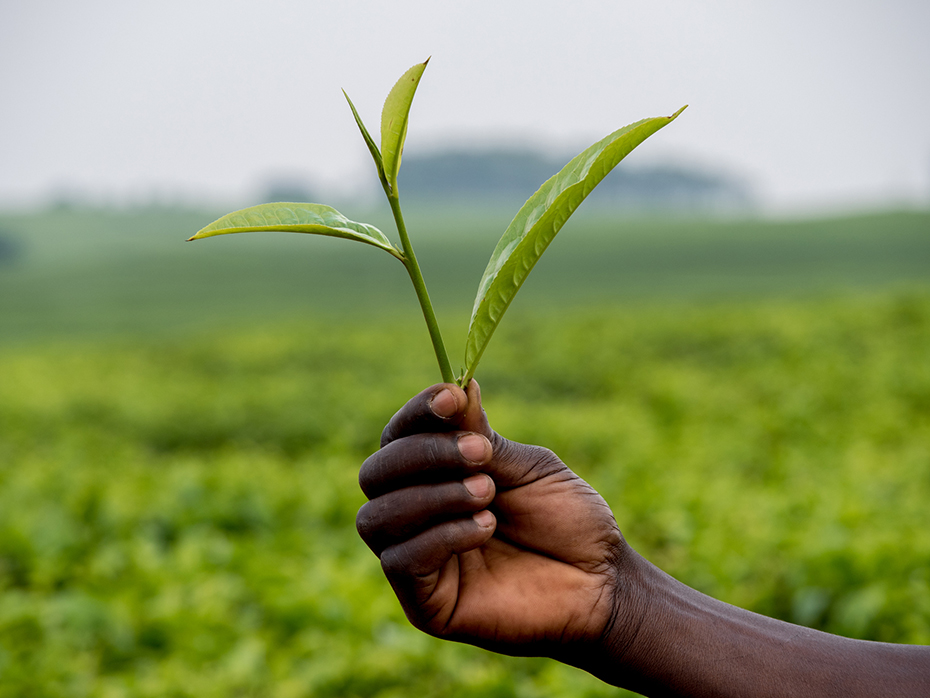
Most young Africans think of agriculture as back-breaking labor without economic pay-off and little room for career advancement.
In a bid to make agriculture cool again, the Kenyan government is attempting to engage more Kenyan youths through modern technology. According to agriculture cabinet secretary, Willy Bett, “The government is especially concentrating on mechanisation and automation.” This is because reports have indicated that most Kenyans are still using outdated technology.
Today, young people can transform the agricultural sector by applying modern technologies and new thinking. The opportunities are endless for youth to explore career options in precision agriculture, permaculture design, biodynamic farming, urban agriculture projects and much more.
It’s time for global brands to use their green fingers
In addition to supporting startups at grassroots levels like AGIN, companies like Microsoft are already heavily invested in various smart farming and e-agriculture initiatives globally.
Microsoft believes that while technology can certainly benefit the farmer, its adoption is limited because farms usually do not have power or Internet connectivity, and farmers are typically not technologically savvy. The type of technology used in precision agriculture is also too expensive for the average farmer, coming in at over $1000 a sensor in some markets. To solve these problems, Microsoft is working towards an end-to-end approach, from sensors to the cloud, to enable data-driven driven farming.
For example, there is a farm in Washington where Microsoft’s engineers have been developing a whole host of innovative technologies to cut the cost of precision agriculture by connecting sensors to unoccupied radio frequencies more commonly known as TV White Spaces (TVWS).
Many African countries are already experimenting with TVWS technologies in sparsely populated areas of the countryside. For example, the Mawingu project, in collaboration with Kenya’s Ministry of Information and Communications and Microsoft 4Afrika, delivers low-cost wireless broadband to previously unserved locations near Nanyuki, Kenya using TVWS technology.
With more innovation coming, African agriculture can produce more crops on less land without emitting a significant amount of greenhouse gases. And, by harnessing the power of mobile and the cloud, Africa’s farmers are proving that the continent has the potential to feed not only itself but the rest of the world as well.










![A security team analyses key data from a visual dashboard.]](https://news.microsoft.com/wp-content/uploads/prod/sites/133/2023/04/Security-Sprint_TL_Banner-Image-519x260.jpg)
